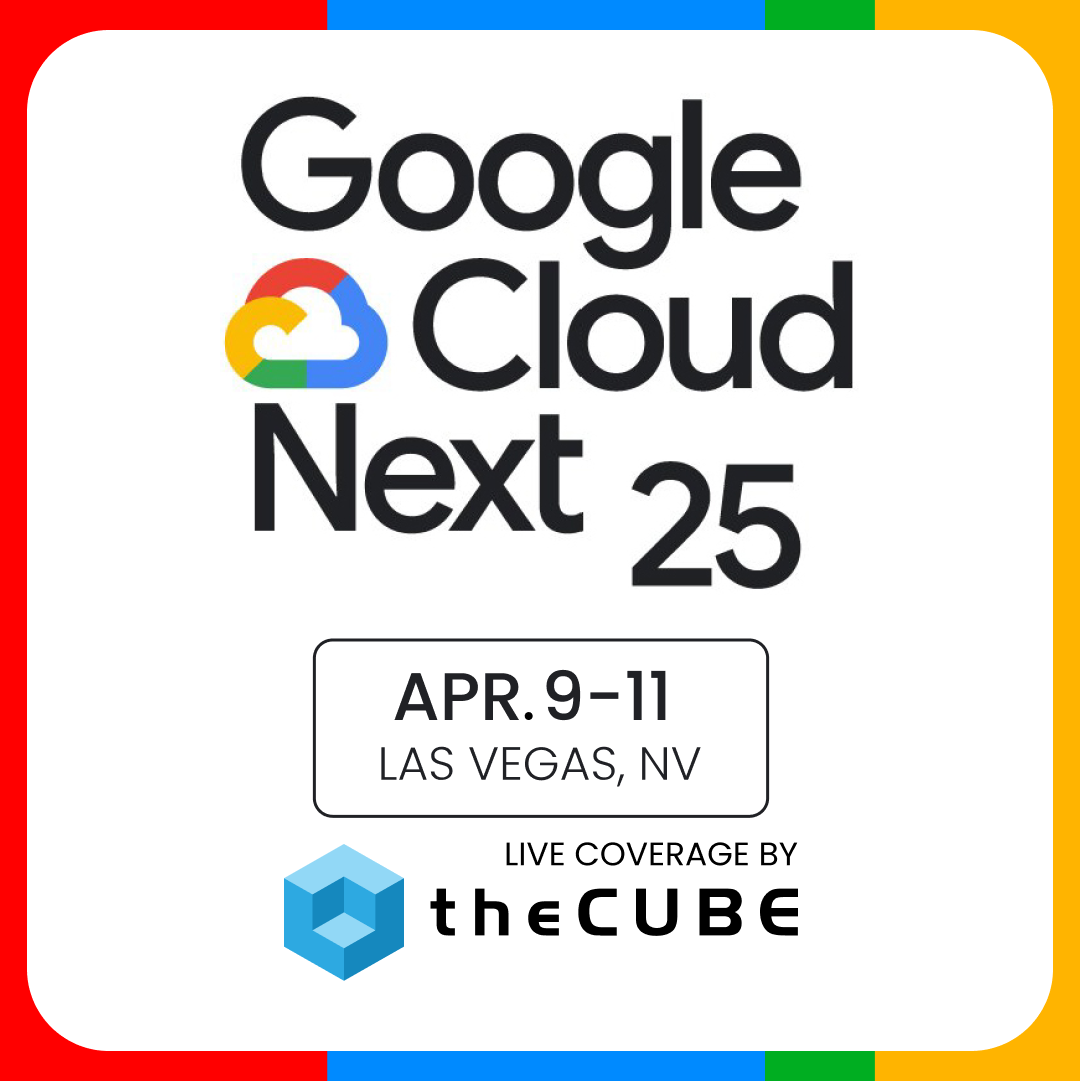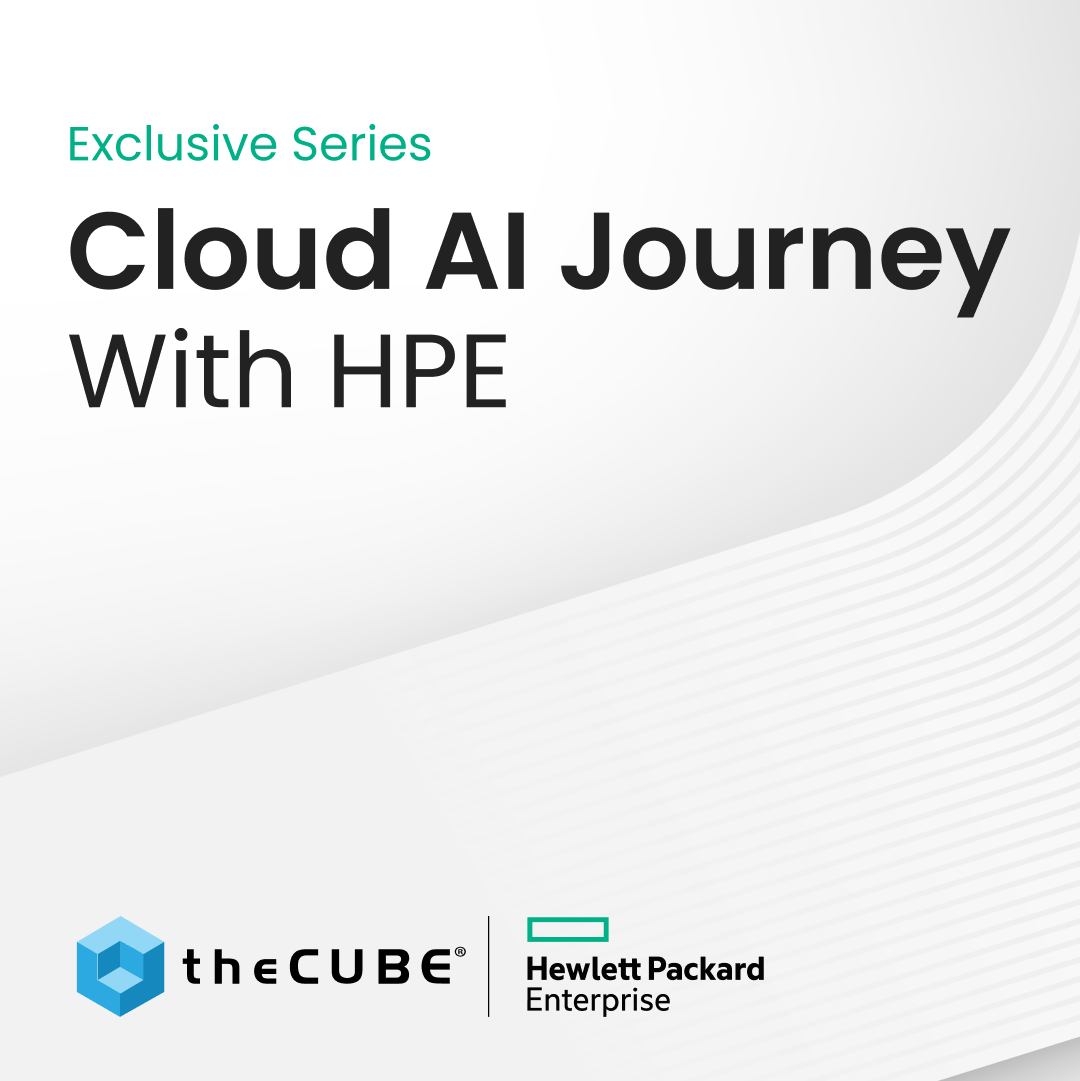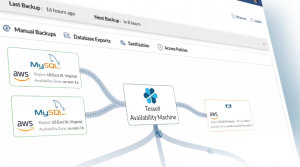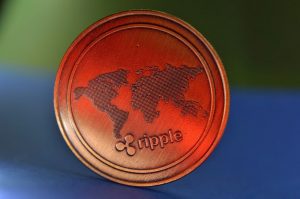Dell’s Next Steps for Mobile, PC and Enterprise
These are the words used to entice technology lovers intrigue for Dell’s 3-day event, which started on October 12 and will last until October 14, in Austin, Texas. With HP taking a nosedive and opportunities abounding in the mobile sector too, we’re wondering what Dell’s bringing to the mobile and PC realms. And what are their plans not only as a hardware business, but an end-to-end solution provider?
Mobile
At Dell World, founder and chief executive Michael Dell indicated that they will be favoring the Microsoft mobile platform over Google’s, especially on the tablet front. Dell got in early with Android tablets, as it’s now doing with Microsoft’s OS, but the early mover advantage isn’t always profitable. For Dell, Android’s lack of a market-ready tablet OS diminished the appeal of its first Android tablets. Sales haven’t picked up much since, despite more recent tablet releases and early launches in the mobile-savvy Chinese market.
“We are very aligned with Microsoft around Windows 8. You’ll hear more about Windows 8 from us and see a wide range of products released,” Dell told journalists during a Q&A at Dell World 2011 in Texas.
“Android is certainly another opportunity as well, but that market has not developed to the expectations they would have had. Within the $3 trillion industry that we’re in, the consumer business is worth $250bn. Dell is much more focused on providing a complete set of solutions to customers, including the device, but we’re not really focused on the device.”
During the event, Dell used a mobile app created by the 15-person, Austin-based company, Red Method, which lets participants rate conference content and interact with speakers and other attendees in real time. The app, which was available to attendees to be downloaded for free on their Android-based, iPhone and Windows 7 devices, uses a virtual joystick to allow attendees rank their interest in topics discussed by speakers which then allow organizers to tweak their program based on the feedback they receive.
Matt Walton, Red’s CEO, former Disney animator, Hallmark illustrator and director of design at Trilogy Inc. said that “a lot of conference apps just take what has traditionally been on a pamphlet and digitize it. We wanted to take the best of the social tools that are out there and combine them to help change the way conferences are driven.”
PC
![]() After giving some unsolicited advice to Hewlett-Packard regarding their PC business, Dell is firm in his belief that spinning off the HP’s PC business was a bad idea. As of now, there are about 1.5 million PCs in the world which, in a few years, will grow to 2 billion PCs, indicating that the PC business is “a growth market,” and that “the client device is still quite important.”
After giving some unsolicited advice to Hewlett-Packard regarding their PC business, Dell is firm in his belief that spinning off the HP’s PC business was a bad idea. As of now, there are about 1.5 million PCs in the world which, in a few years, will grow to 2 billion PCs, indicating that the PC business is “a growth market,” and that “the client device is still quite important.”
“There are big economic reasons to be in the client business. About 95 per cent of all disk drives go in PCs, and about five per cent in servers and storage,” Dell added. “From a cost standpoint you get enormous scale, and if you’re not in that business you cannot offer an end-to-end solution – and you have to charge a lot more for it. The client device is changing. We have smartphones and tablets, but the new devices are augmenting the PC – we don’t see the PC going away at all.”
But while Dell was busy focusing on HP, they forgot to keep an eye on Lenovo. The Chinese multinational computer company that bought IBM’s PC business in 2005 dethroned Dell from the number two position in the PC market, according to Gartner Inc. and International Data Corp. Chief Executive Yang Yuanqing stated that they will continue with their acquisitions to further boost their company’s growth.
“We at Dell are much more focused on revenue and profits as opposed to the number of units sold,” Dell said, addressing the issue at the event in Texas. “We have a different strategy in terms of providing a complete solution.”
Enterprise, Deduplication, Compression and Virtualization
Dell has integrated technologies from Compellent, Force10 and Ocarina Networks into their products to bring in services and higher-value hardware to the enterprise, as well as provide a broader end-to-end portfolio.
“We are moving more and more as an industry toward application-specific solutions,” said Dave Johnson, Dell’s senior president for corporate strategy.
Technology from Compellent is used for their enterprise storage, while Force10 is for networking and Ocarina Networks is used for compression and deduplication. Also, Compellent and Force10 technology will be incorporated into their vStart pre-packaged virtualization hardware and software products, which will be available in 2012.
A message from John Furrier, co-founder of SiliconANGLE:
Your vote of support is important to us and it helps us keep the content FREE.
One click below supports our mission to provide free, deep, and relevant content.
Join our community on YouTube
Join the community that includes more than 15,000 #CubeAlumni experts, including Amazon.com CEO Andy Jassy, Dell Technologies founder and CEO Michael Dell, Intel CEO Pat Gelsinger, and many more luminaries and experts.
THANK YOU














